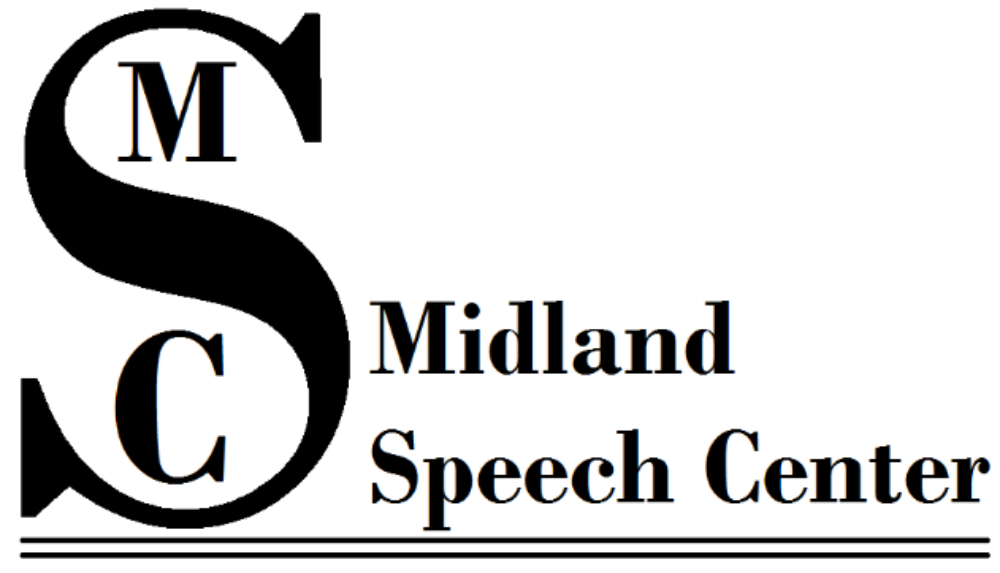Speech & Language Milestones
While all children grow and change at their own rate, some children may experience delays in their development. The following are a few guidelines of typical developmental speech and language milestones for young children.
For more specific information regarding speech and language development, please contact us.
Birth to 6 months
- Uses different cry to express different needs
- Jumps and jerks to loud noises
- Turns head toward direction of someone talking
- Exhibits social smile
- Localizes to sounds
- Listens to speech
- Uses early phonemes /b/ /p/ and /m/ when babbling
- Uses sounds or gestures to indicate wants
- Responds to “no” and changes in tone of voice
7 months to 12 months
- Understands “no” and “hot”
- Responds to simple requests
- Understands and responds to his/her own name
- Recognizes words for common items (nouns)
- Uses a large variety of sounds and intonation patterns
- Uses speech sounds rather than only crying to get attention
- Listens when spoken to
- Uses sound and word approximations
- Develops standardized gestures
- Showing
- Giving
- Pointing
- Requesting
- Babbling begins to change to jargon
- Follows simple requests (“clap your hands” “bye bye”)
- Has an expressive vocabulary of 1-3 words
- Verbalize or vocalize in response to verbal requests
13 to 18 months
- Imitates individual words
- Uses adult-like intonation patterns
- Uses echolalia and jargon
- Omits some initial consonants and almost all final consonants
- Follows simple commands
- Understands 50 words
- Says 3-20 words (mostly nouns)
- Combines gestures and vocalizations
- Asks for “more” and “what’s that?”
19 to 24 months
- Uses words more frequently than jargon
- Understands 300 or more words
- Has an expressive vocabulary of 50-150 words
- Begins using 2 word phrases (noun+verb and adjective+noun)
- Speech is 50% intelligible to unfamiliar listener
- Enjoys listening to age appropriate stories
- Understands basic categories (toys, food, animals)
- Points to objects or pictures when named
2 to 3 years
- Speech is 50-75% intelligible to an unfamiliar listener
- Has an expressive vocabulary of 100-250 words
- Uses 2-4 word phrases
- Consistently uses simple pronouns (I, you, me, mine)
- Uses negation
- Understands locations phrases
- States gender and first and last name
- Uses prepositions (in, on, off, out, up, down, under, etc.)
3 to 4 years
- Speech is 80% intelligible to unfamiliar listener
- Has an expressive vocabulary of 800-1500 words
- Uses 3-5 word sentences
- Relates recent experiences through verbalization
- Responds to “wh” questions
- Converses in sentences
- Developmental disfluency appears (repetitions of 1st syllables and I)
4 to 5 years
- Speech is 100% intelligible to an unfamiliar listener
- Has an expressive vocabulary of 900-2000 words
- Uses 4-8 word sentences
- Uses regular and some irregular past tense verbs
- Understands words that describe sequence (first, next last)
- Says all speech sounds in words. May make mistakes on sounds that are harder to say, like l, s, r, v, z, ch, sh, th
- Follows longer directions ("Put your pajamas on, brush your teeth, and then pick out a book)
5 to 7 years
- Narratives are true “stories” central focus, high-point and resolution
- Average expressive vocabulary size is 3000-5000 words
- Ability to segment words into phonemes emerges
- Use and understand passive sentences (i.e. “the boy was bitten by the dog”)
7 to 9 years
- Increased perspective taking allows for more successful persuasion
- Some words understood to have multiple meanings (i.e. bark and bark)
- A few errors in noun phrases persist (i.e. “much bricks”)
- Articulation is mostly error-free
- Some difficulty with complex words may persist (“aluminum” “cinnamon”)
9 to 12 years
- Understand jokes and riddles based on lexical ambiguity
- Vocabulary used in school texts is more complex than that used in conversation
- Morphophonological knowledge develops and is used in spelling
- Prefixes (i.e. pre- “pretest” “prenuptial”)
- Derivational (i.e. –less “worthless” “hopeless”)
- Inflectional (i.e. –ed (past) “walked” -s (plural) “walks”)
